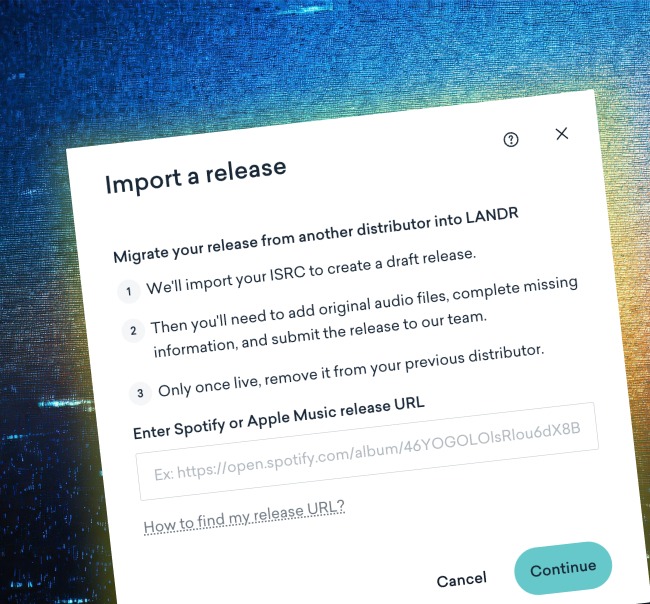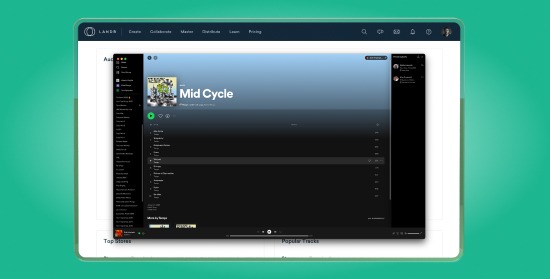
How to Release an Album: Submit Music for Streaming in 10 Steps
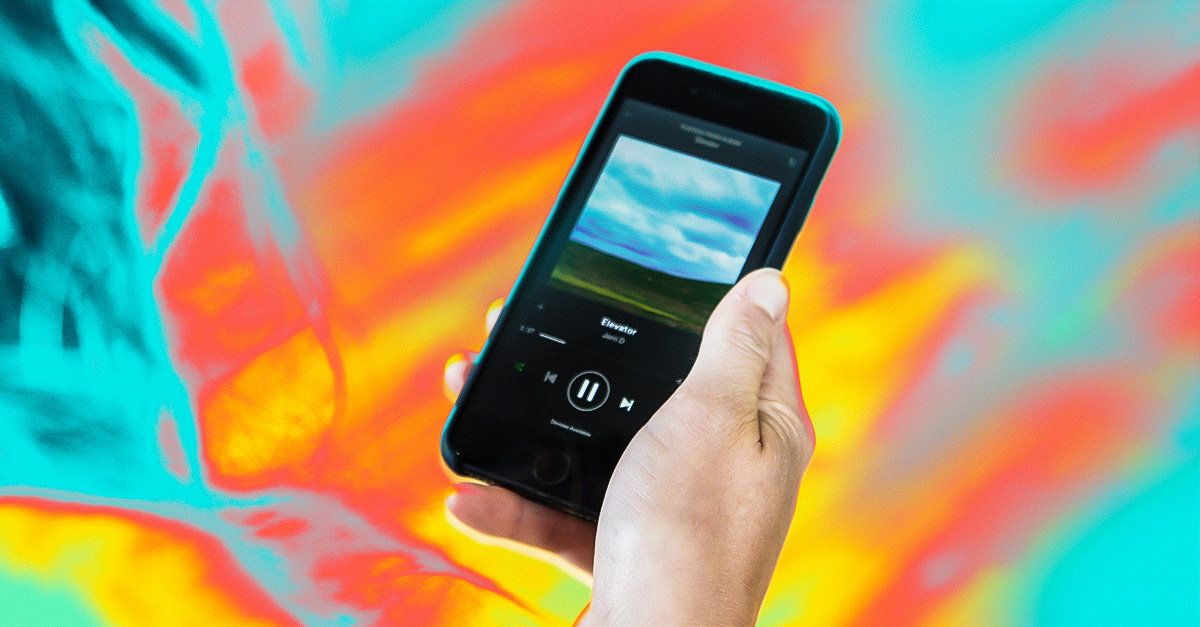
You’ve worked hard on it for weeks, months or even years. Releasing your album, mixtape, EP, single or cover song is a moment in the making, so you might be wondering, how do I release my music?
First of all, it should be a happy moment. Not a moment filled with fear and disorganization. While the actual release of your album IS a big deal, knowing how to release an album right isn’t that tough…
As long as you get a few key things in place, releasing your own music will be as joyous as laying down that first chord—the way it should be!
But knowing where to start, what you need and how to get it, isn’t always the easiest task to pull off.
Benefits of releasing your own music
In the world of music streaming platforms and singles, it’s tempting to think no one listens to—or releases—full albums anymore. But that’s simply not true. Most major artists still release albums, especially after they release singles. That’s because they see the benefits.
Most importantly, learning how to release an album on Spotify or Apple Music can get you heard. Gone are the days of releasing music with established labels.
Building the perfect release for smart digital music distribution is the most important way to get heard for today’s musicians. Streaming platforms will place albums at the top of your artist page.
Even for musicians with a small audience, album releases are a chance to drum up some buzz on social media—and maybe even in the traditional media. Plus you can release new merch like CDs, cassettes or vinyl.
Finally, making an album often represents an evolution for an artist. Whether you’re working through emotions or experimenting with a new sound, it’s a chance to level up your game.
How to Release Music in 10 Steps
We created this album release checklist to help you put the good vibrations back into releasing. Here’s everything you need to check off the list to release your next project with more yes! And less stress.
1. Figure Out Your Album Art

Album art is still important. Don’t let anyone tell you otherwise!
[adbutler zone_id=”291816″ secure=”1″ type=”asyncjs”]
I’ve already written about the importance of album art in today’s music landscape. The bottom line? Album art still plays an important visual role for your music.
In fact, it’s often the only visual element you get to control on digital music stores that display everyone’s album in the same font and format as the next artist’s. So your cover art is definitely essential for how to release an album.
The key word here is ‘art.’ Your music is your art, so the image you pick should have just as much care and creativity put into it as your music.
How to find album art
Finding album art can be tough. Working within your network of creators, or taking time to make your own album cover is always the best way to find the perfect image.
Reaching out to an artist is common as well. Collaborating for your album art is a nice way to cross-promote with someone whose work aligns with your vision.
As long as you get a few key things in place, releasing will be as joyous as laying down that first chord—the way it should be!
Visual artists often lend their work for album covers. The Caretaker uses the paintings of Ivan Seal for his covers.
Sigur Rós used a Ryan McGinley photo for one of their covers. Kanye infamously used 2 different George Condo paintings after his first choice was banned.
All of these examples are collaborations between artists that made sense for the record. Your album art should be the same.
Whether you make your own image for the cover, or find someone in your network to make it for you, it should represent the same inspirations that drove the creation of your album.
Make a small investment
Album art is a good time to invest a bit of money into releasing your own music.
This could be a fee for using someone’s painting, hiring a photographer to shoot your band, or spending a bit of cash to make the perfect album image on your own.
Or you could always do what Future did and find the perfect album art on Shutterstock. It’s not the most personal approach… But whatever works I guess!
As long as you consider the importance of your image first, you’ll be set.
Get the proper album art format
It’s not just about what image you pick. You need to consider the format as well.
Every digital music store has different rules for image sizing.
But here are the basic rules for how to release music on Apple Music, Spotify and most other platforms:
The cover art requirements are:
- A square
You don’t need to break out your geometry set to figure out what a perfect square is. All 4 sides equal. Boom, that’s it.
- Minimum 3000 x 3000 pixels
The smallest your image can be is 3000 x 3000 pixels. The key here is to start with an image that’s big to begin with. Most Digital Distribution release builders should take care of resizing for you as long as you start with the right size. So starting big is important.
- Make sure there’s no blurriness or pixelation
If you start with a large, uncompressed image like I mentioned above, pixelation shouldn’t be a problem during resizing. If you do run into pixelation problems you may have to source a new image to get your record in stores. So plan ahead.
- Don’t include URLs
There are plenty of better places to promote your music website than your album art. Leave the URLs out. Depending on the platform, you may be able to add a link to your website.
So do it there instead and keep your album art URL-free
- Leave out all social media logos
- No references to brands
- Absolutely no pornographic images
- Either JPG or PNG format
- Minimum 72 dpi
Stick to these criteria and you’re ready for the release builder. And if you pick album art that comes from the same creativity you used to make your album, your music will be well represented no matter where it goes.
2. Pick Your Track Titles and Commit
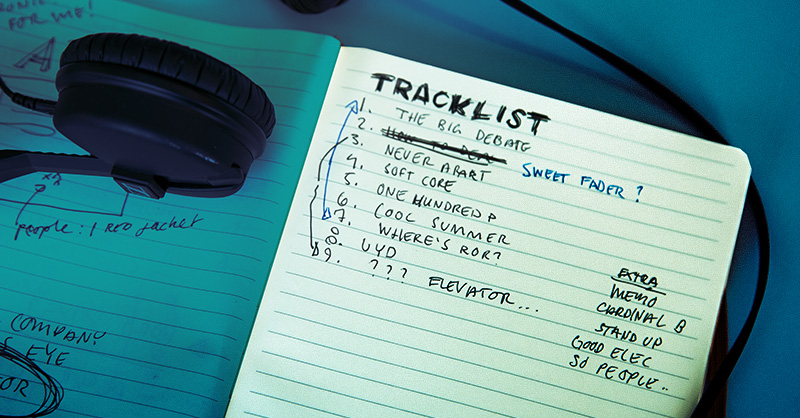
Like your album art, your track titles are an important signifier of your sound. They’re part of the stuff that you get to control about your music on the digital music stores.
But that’s only half the story… Track titles are an important part of your metadata. I know it’s a stuffy word. But like it or not, metadata is what makes your music findable across the web—digital music stores especially.
There are certain things to avoid when thinking about how to release an album. For example, the best way to avoid any rejected track titles when you enter them in the release builder is to simply enter the track title and nothing else.
If you start adding extra information to your titles you’re gonna hit some roadblocks.
Here are some do’s and don’ts for your album release checklist to help you avoid track title headaches later on:
- Don’t include the release date
- Don’t include the release format—like album or EP—in your track title
- Don’t Include search terms in your track titles like ‘pop punk’ or ‘lo-fi house’
- Do spell everything correctly and spellcheck!
- Do enter the track title exactly how you want it to appear in the stores
- Do stick to the same formatting across an entire release
Avoid calling your tracks ‘track 1, track 2, track 3, etc.’ Same thing goes for calling everything ‘untitled.‘ Your tracks may get lost in the mix on the bigger streaming platforms where you’re up against thousands of other tracks with unique titles.
Make sure you have all your track titles figured out and formatted in advance of releasing. If there are errors in your titles it could delay your release from appearing in digital stores and changing titles after you release can be a hassle as well, so check twice and release once!
If you title your project correctly and commit to your metadata, you’ll avoid confusion and frustration—and find it much easier to learn how to release music.
Check twice and release once!
3. Pick Your Project Title and Commit

You don’t need me to tell you that choosing your project title is important. But it could be the hardest part of making an album.
If you’re struggling to pick something, try to think of a title that comes from the same creative place that the music came from.
After all, music is a language. So try and translate it into the language you want for your album title and go from there.
Got lyrics? Even better. Dig through to find the gold and build your album title from that. If you’re still stuck, there’s always Dadaist poetry right?
Title formatting
Once you have your title picked, you need to consider the formatting. The formatting of your title may differ based on what kind of release it is.
Again, each online music store has their own style guidelines for titling. The iTunes Store Music Style Guide is a fantastic resource for formatting all your titles.
The words you choose on digital music stores are key to how to release an album. Remember: Every album title is displayed in the exact same color and font depending on the music store. Your title can differentiate your album from the crowd.
For example: All album titles on Spotify appear in the font Spotify Circular, Google Play will show your track title in Roboto font, etc.
It might not play a huge role in what title you choose. Just keep in mind that your album title is your chance to keep control over what it says even if you can’t control what font it shows up in.
4. Find Your Perfect Genres and Subgenres
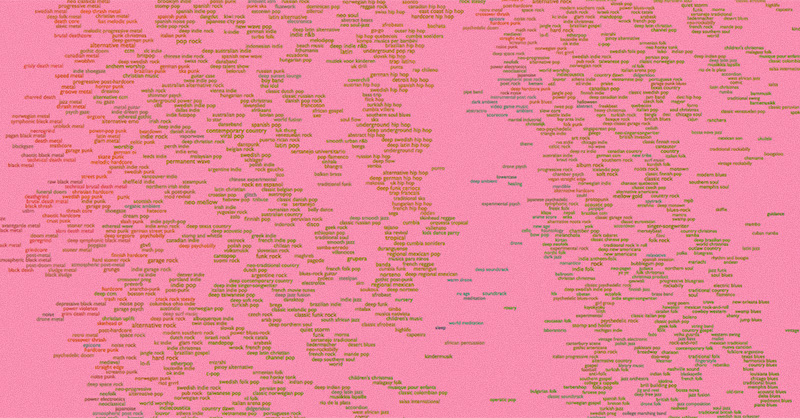
In a perfect world, everything would just be ‘genreless’ and we’d all just make music right?
But in the age of streaming and digital stores that want to deliver their customers exactly what they want when they want it, genres have become more important than ever f0r releasing your own music.
Genres make your music findable. And subgenres make it even more findable.
Digital music stores are actually more similar to conventional record stores than you might think. Your genre metadata puts your record in the right “bin” so that a digger can find it quicker than digging through an unlabeled crate in a dusty basement (also fun though).
Genres make your music findable. And subgenres make it even more findable.
Genre tagging also plays a role in playlisting. If someone creating a playlist is looking for good music to put in a genre-specific playlist, chances are they’re searching for that genre or subgenre tag.
If your music isn’t tagged properly, the curator never finds it, and your track doesn’t end up in the playlist. It’s that simple. When you’re picking genres and subgenres for your project there are a few helpful things to keep in mind:
Stay true to your sound
If it makes sense, try to stay true to the genre that you’re most interested in working in. If you made a pop album that’s slightly influenced by punk, don’t go and switch it all the way to punk.
That’s what subgenres are for. Try to keep your main genre as true to your core sound as possible.
Resist the urge to pick a joke genre
I get it. It’s fun to say your album is Twee Pop when it’s actually Metal.
‘Cause you don’t play by the rules and no genre can label your vision! But trust me, resist that urge.
9 times out of 10, algorithms are using the genre you pick to spit out search result and suggest new music to potential fans.
If your music doesn’t live up to the genre you picked, guess what? It’s gonna get buried and forgotten. And surely if you’re wondering how to release an album, you want that album to be heard.
Unless you already have a huge grassroots following that’s in on the joke already, stick to the correct genre and make your music findable for the listeners that wanna find it.
Use subgenres to explore some new niches
There’s a huge amount of genres and subgenres across all the big digital music stores. Spotify alone acknowledges almost 1,000 genres.
It might seem daunting and unnecessary, but all those little niches are actually good for you and your music.
Tag it accordingly and find some new fans!
Why? They give you the opportunity to put your music where it belongs and deliver it to exactly who wants to hear it.
Do your research when you’re picking subgenres. Dig into some of the niches that each store includes. Who knows, maybe your music perfectly fills a genre that you never even heard of?
If it does, great! Tag it accordingly and find some new fans!
5. Are All Your Collaborators Included?
One of the best ways to make good music is collaboration. It’s the reason why we built in collaboration features into your LANDR library—so you can make the best music, in the best way, easier.
Releasing music is a great time to celebrate those collaborations. And the best way to do that is to add featured artists while you’re building your release.
If you’re not sure if someone should be featured on your track or not, your best bet is to always discuss it with your collaborator and make sure everyone has the same expectations and definition of “featured artist.”
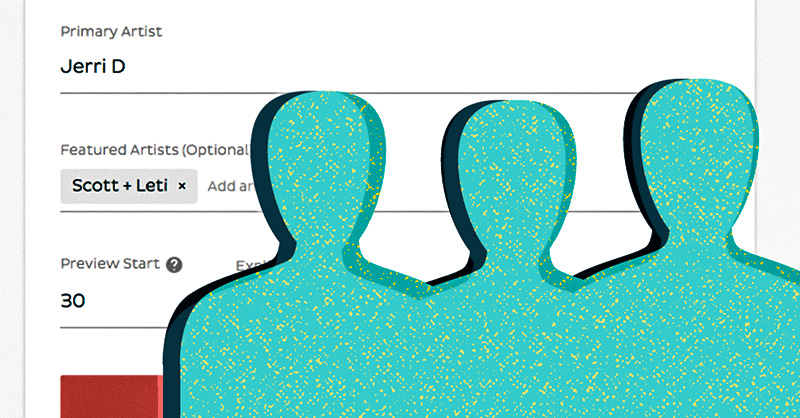
Typically featured artists provide things like solos, lyrics, or entire sections of songs.
But no matter what always discuss your ideas for featuring artists before you wrap your projects and release them.
Changing or removing featured artists after you release is possible, but it’s a headache and your creative relationships within your network are at stake if you don’t acknowledge a collaboration where someone thought they deserved it.
So take care of that conversation BEFORE you even think about how to release your album, and acknowledge everyone that made your record as good as it is.
6. Are Your ISRCs Sorted Out?
ISRCs are International Standard Recording Codes. Each code is 12 digits long and identifies things like country of release, and the year the ISRC was issued. They’re used to identify every unique recording in existence.
When a recording is distributed, most times an ISRC is created for that recording. Digital music distribution services will create ISRCs for you when you build your release.
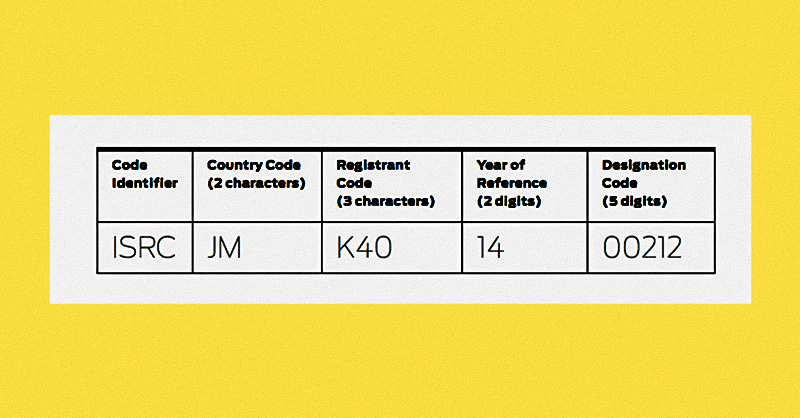
The same recording shouldn’t have 2 ISRC codes just because it was distributed in 2 different ways. If your music already has ISRC codes from a prior release, then the same ISRC code should be on it for all subsequent releases.
This could happen if you had a release distributed through a label and your contract expired so you’re releasing the same recordings on your own, or maybe you are switching digital music distribution services and you have to transfer your info. Either way, the same ISRC code will apply that you were given the first time around.
ISRCs identify your music as yours, so they’re important. Make sure you get all your ISRC info in order from the start and keep detailed records of all your ISRCs for the future.
7. Is Your Release Going to be a Single, EP or Album?
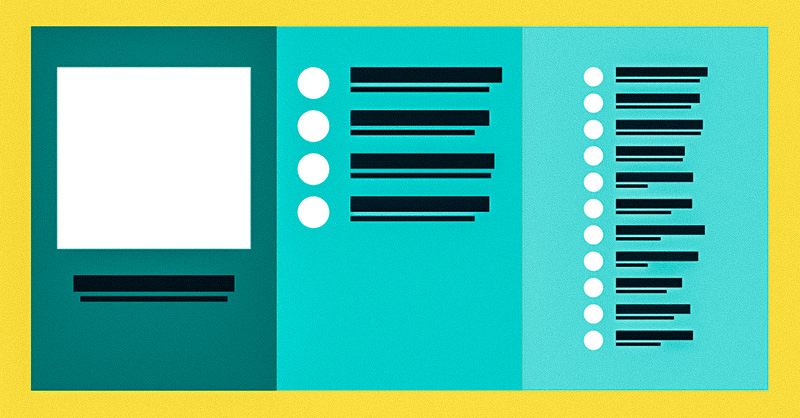
The difference between singles, albums and EPs is an interesting subject. There’s quite a few opinions out there as to what it all means. It can all get quite confusing…
Knowing what you intend to release in advance is even more important than understanding how to release music. You need the answer to this question for your music promotion and lead up time before your release. If you hype up your new album, and then it appears as an EP in the online stores, it might be confusing for your fans. So decide early and promote accordingly!
Hot Tip: Make sure your sound is consistent across your entire project before you release it. There’s certain steps you need to take when you’re mixing an album to keep your album consistent. LANDR album mastering is the best way to master an entire project while keeping your sound consistent before releasing.
Each digital store categorizes releases differently. Know how your release will appear before you start promoting. Here’s how 2 of the biggest digital music stores do it:
How to release an album on Spotify:
Spotify displays releases as either a single or album. There’s no EP category on Spotify.
Your release will appear as a Single if:
- There are 6 tracks or less on it
- There’s less than 30 minutes of music on it
All other releases will appear as albums.
How to release music on Apple Music and iTunes:
Apple Music and iTunes will label your release as Single, EP, or Album depending on a few criteria:
Your release will appear as a Single if:
- There are one to three songs that are less than 10 minutes
Your release will appear as an EP if:
- There are one to three songs with one song at least 10 minutes long and a total running time of 30 minutes or less or;
- There are four to six songs with a total running time of 30 minutes or less
All other releases will appear as Albums. Remember: each release type will appear in the stores automatically based on these criteria.
Make sure you know what your release will appear as! If you’re releasing an album, then promote your album. If you’re releasing an EP, then promote your EP!
8. Where in the World Is Your Music Going?
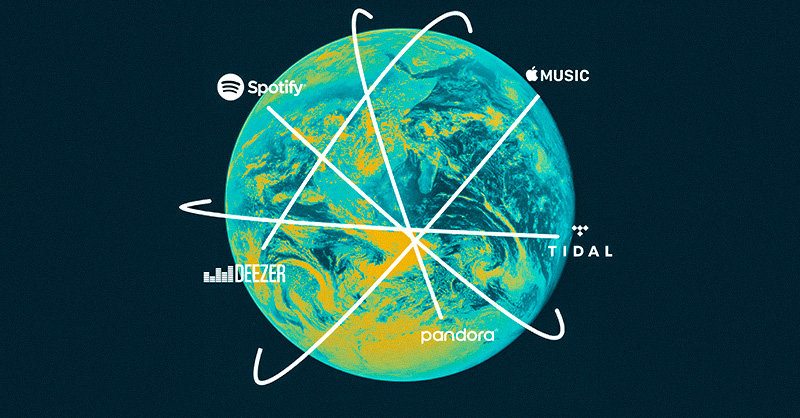
When you pick a store to sell your release in, you’re also releasing your own music in all the countries that store distributes to.
You should always have a good idea of where your music is live. This will help you later on when you’re looking into your streaming stats and growing your fan base at home and abroad. Stay informed on where your music is going before AND after you release.
Your LANDR release dashboard will show you where in the world your music is being streamed, so you’ll have a good idea of where it’s being released after you distribute as well.
If you don’t want your music in a certain country, don’t select stores that distribute to that country before you release.
Stay informed on where your music is going before AND after you release.
Once you figure out which store distributes to which country, just opt-out of stores that distribute to that country while you’re building your release. Piece of cake.
9. Is Your Release Legal and Are Your Samples Cleared?
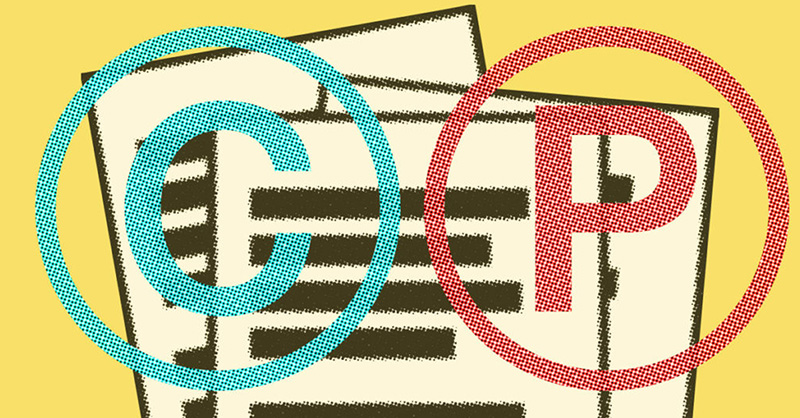
When you’re preparing to release your music and there’s a sample in it, the number 1 rule is: If you are using a sample of someone else’s music without their consent it’s illegal.
Always clear your samples before you dig into how to release an album. Of course all samples don’t need to be cleared, like certain royalty-free sample packs.
Don’t risk it. If you sampled someone else’s music, clear it.
To avoid getting burnt later, make absolutely sure you’re not releasing music with audio that someone else owns.
You’ll often read that it’s ok to use samples because no one who cares will hear it…
But if your track blows up (kind of what you’re hoping for right?), that’s when the music copyright claims start to happen. Which it the worst possible time to have it all taken away.
Don’t risk it. If you sampled someone else’s music, clear it. Contact the artist and do the work to make your tracks legit.
If your song does contain problematic samples, most distributors will contact you and your track will get taken down anyways. So avoid the headaches and add getting clearance to your album release checklist.
10. Do I Have the Right File Formats?
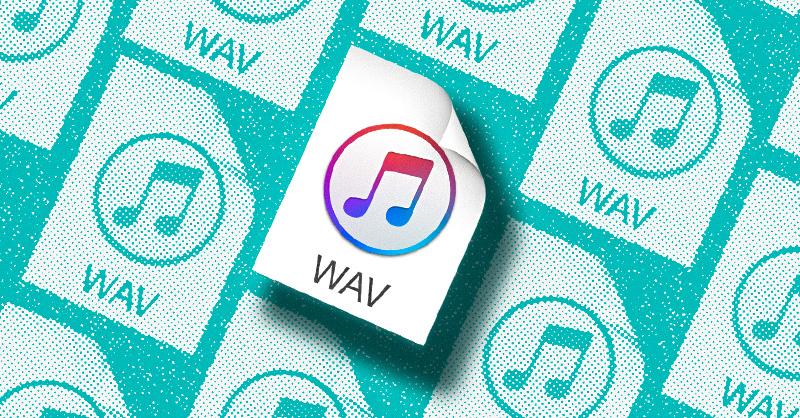
Your music needs to sound great on every online music store. So you need to start with a file that’s at least 44.1kHz – 16bit WAV—the current industry standard.
If your tracks aren’t 44.1kHz – 16bit WAV, you won’t be able to release them with the big stores. MP3s are great for sharing your music with friends, or offering for download to your fans. But MP3s aren’t accepted by most major digital music stores.
Start by exporting a high-quality WAV from your DAW and you’ll be all set for sharing, mastering, distribution and sounding great everywhere that matters.
Every Step You Take, Every Move You Make
The most important part of how to distribute your own music is enjoying the feeling of finishing a project and sharing it with the world.
All the logistics of releasing shouldn’t take away from that…
Follow these 10 steps and you’ll know how to release an album and start tracking your success to make your next moves as an artist.
It’s time to build the perfect release and put the joy back into releasing music! There are lots of ways LANDR can help. We’ve got plenty of royalty-free samples, plug-ins and tools to help you mix your tracks. And our community can connect you with the right people to help you release them. Join the LANDR community to get started.
Gear guides, tips, tutorials, inspiration and more—delivered weekly.
Keep up with the LANDR Blog.
